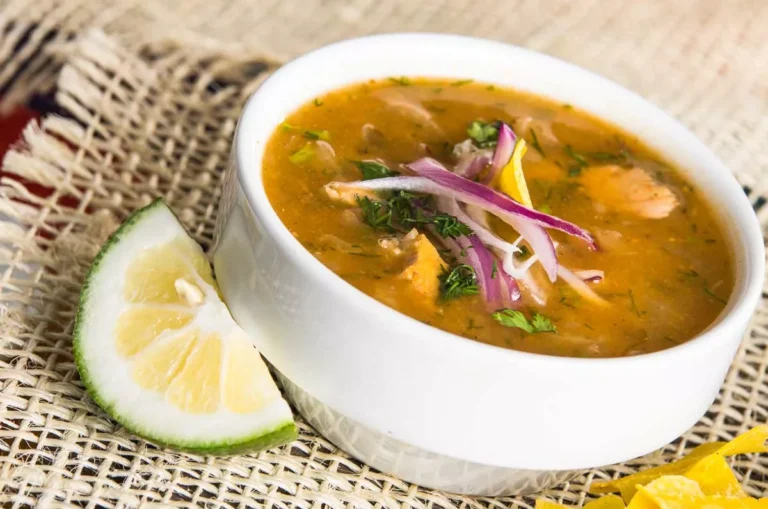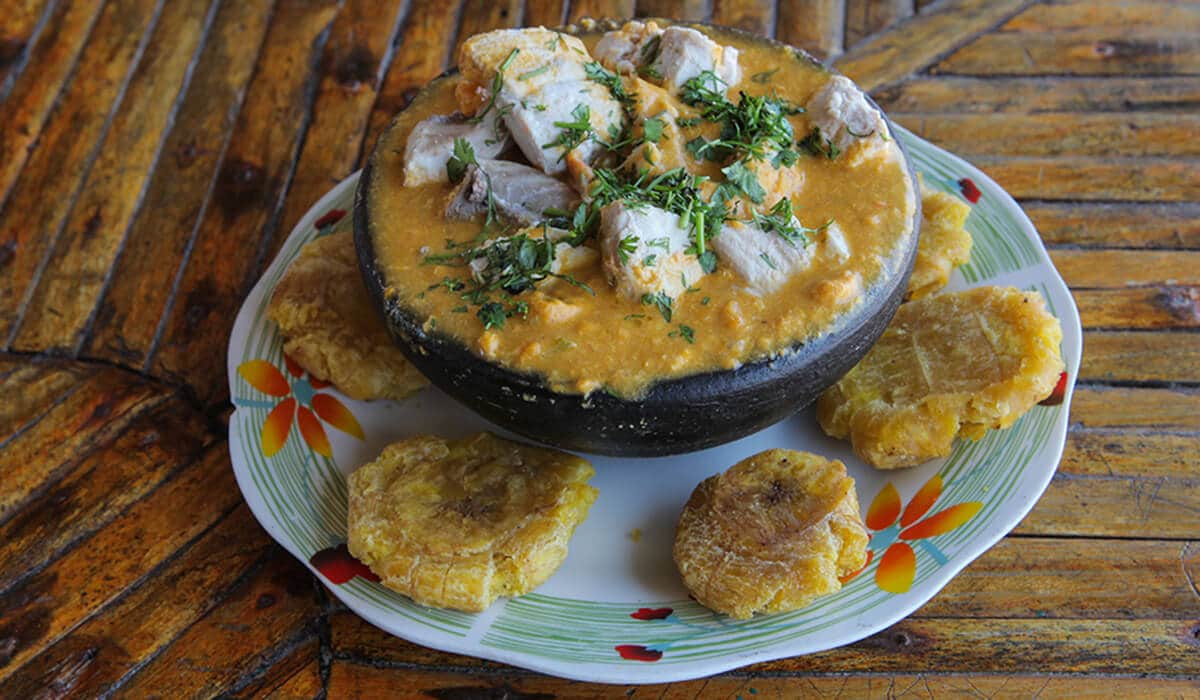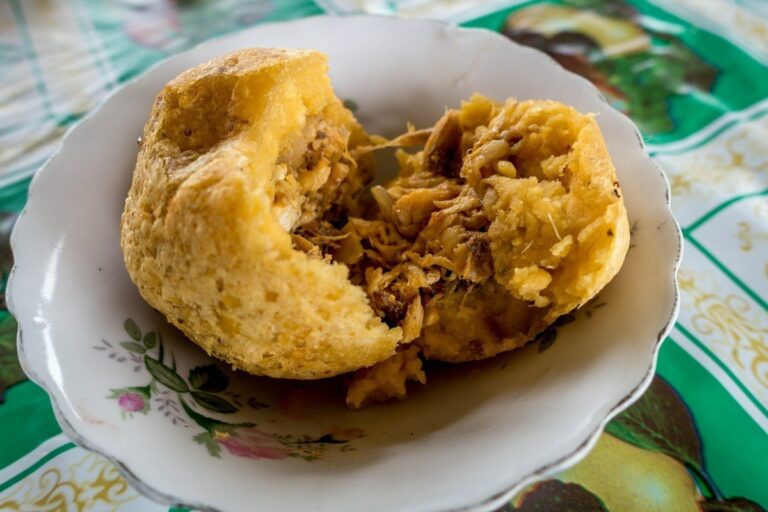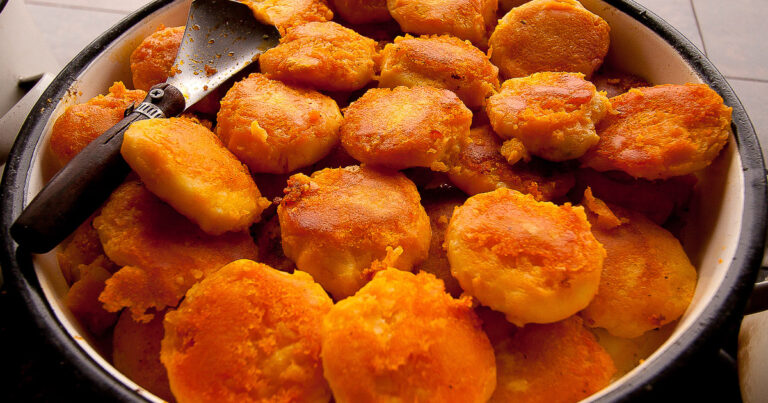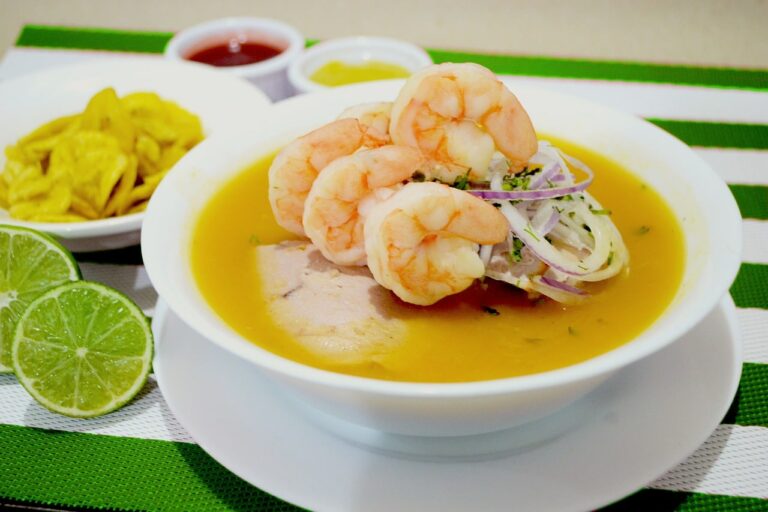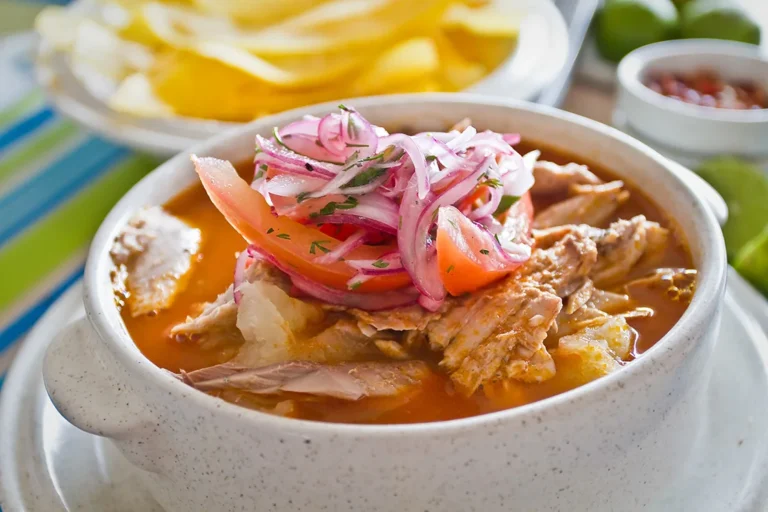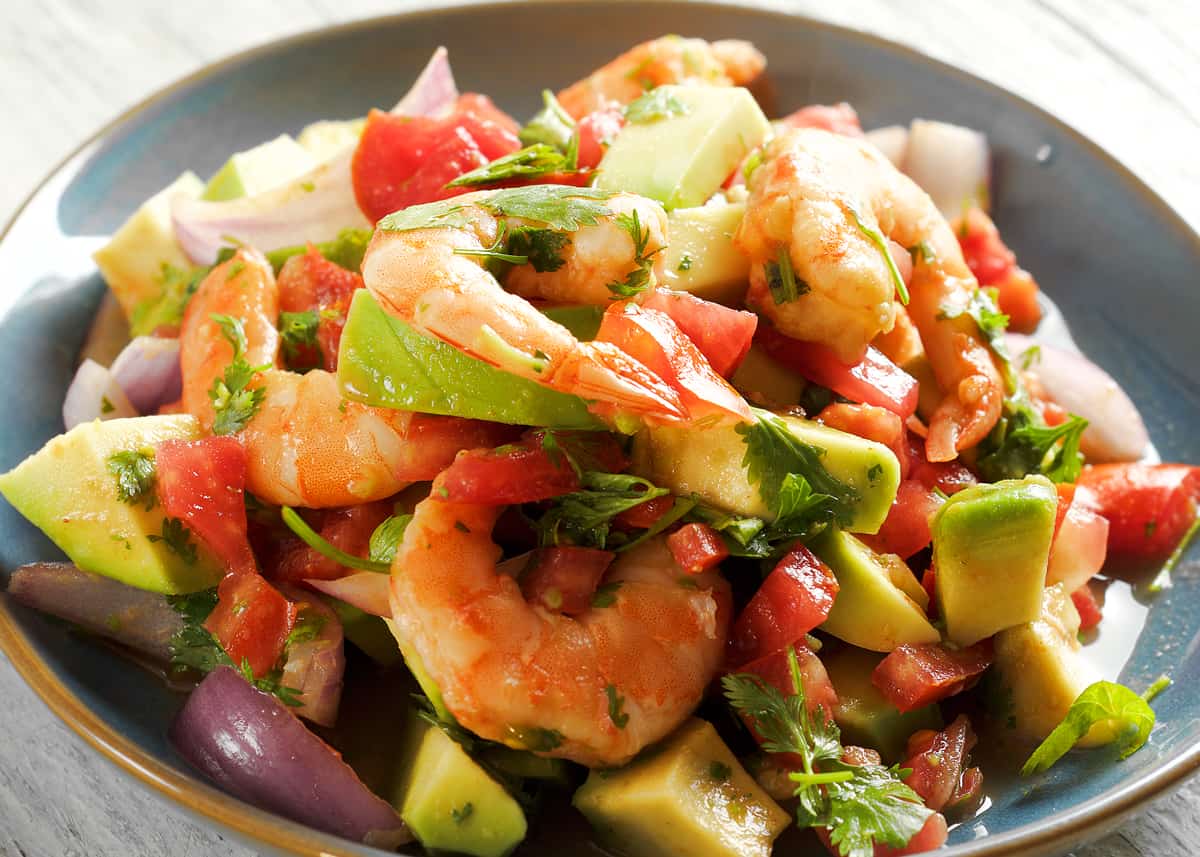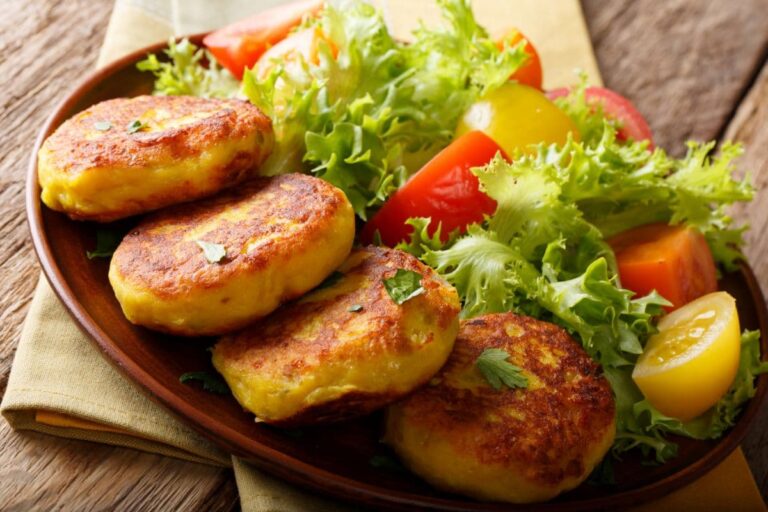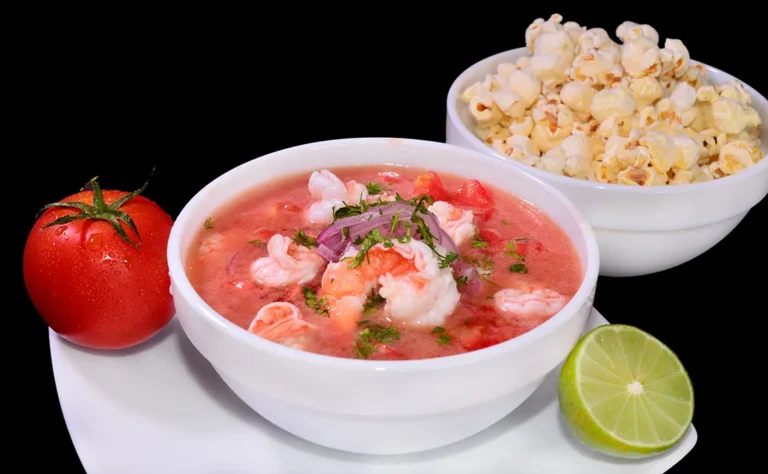Introduction: The Rich History of Ecuadorian Cuisine
Ecuadorian cuisine is a delicious and diverse mix of indigenous, European, and African culinary traditions. The country’s geography, which includes the Andes Mountains, the Pacific coast, and the Amazon rainforest, has also contributed to the development of distinct regional cuisines. Over time, Ecuadorian cooking has been shaped by a variety of cultural influences, from pre-Columbian indigenous tribes to Spanish colonizers, African slaves, and more recent migrations from other parts of Latin America and beyond.
Pre-Columbian Influences: The Roots of Ecuadorian Cooking
Before the arrival of the Spanish, Ecuador was inhabited by several indigenous groups, including the Inca, the Cañari, the Quitu, and the Caras. These groups had their own culinary traditions, which were based on local ingredients such as corn, potatoes, quinoa, beans, and a variety of fruits and vegetables. They also developed techniques for preserving food, such as drying, salting, and fermenting. Some of the most famous pre-Columbian dishes that are still enjoyed in Ecuador today include locro (a potato and cheese soup), ceviche (a seafood dish marinated in citrus juices), and chicha (a fermented corn drink).
Colonial Period: The Arrival of European Flavors
In the 16th century, the Spanish arrived in Ecuador and introduced new ingredients and cooking techniques, such as wheat, rice, beef, and pork, as well as spices like cinnamon, oregano, and cumin. They also brought with them the concept of a formal meal structure, with courses like soup, meat, and dessert. Spanish cuisine had a lasting impact on Ecuadorian cooking, and many dishes that are considered traditional today, such as arroz con menestra y carne asada (rice with beans and grilled beef), are a fusion of indigenous and European flavors.
Independence and the Birth of National Identity
In the early 19th century, Ecuador gained independence from Spain, and with it came a renewed interest in indigenous culture and traditions. This led to a resurgence of interest in pre-Columbian cuisine, as well as the development of new dishes that incorporated local ingredients and flavors. For example, the use of plantains, yucca, and other tropical fruits became more common in Ecuadorian cooking during the early years of independence.
African and Afro-Ecuadorian Influences: The Role of Slavery
During the colonial period, many Africans were brought to Ecuador as slaves. They brought with them their own culinary traditions, which included dishes such as coconut rice, fried plantains, and seafood stews. These dishes became an important part of Afro-Ecuadorian cuisine, which is now recognized as a distinct cuisine within Ecuador.
Modern Era: Globalization and Fusion Cuisine
In recent decades, Ecuadorian cuisine has become more diverse and influenced by global trends. New ingredients and cooking techniques from other parts of Latin America, Asia, and Europe have been incorporated into traditional dishes, leading to an explosion of fusion cuisine. For example, chefs in Quito and Guayaquil have experimented with combining Ecuadorian staples like quinoa and plantains with Japanese ingredients like miso and soy sauce.
Regional Diversity: The Unique Flavors of Ecuador’s Regions
Ecuador’s geography and climate have led to the development of distinct regional cuisines. In the highlands, for example, dishes tend to be hearty and warming, with lots of potatoes and meat. On the coast, seafood is king, and ceviche is a staple. In the Amazon, dishes are based on local ingredients like yucca, plantains, and exotic meats like guinea pig and tapir. Each region has its own unique flavors and cooking techniques that are worth exploring.
The Future of Ecuadorian Cuisine: Preserving and Innovating Tradition
As Ecuadorian cuisine continues to evolve and develop, there is a growing interest in preserving traditional recipes and cooking techniques. Many chefs and food experts are working to document and promote Ecuador’s culinary heritage, both domestically and internationally. At the same time, there is also a desire to innovate and experiment, to create new dishes that reflect the country’s rich cultural diversity. The future of Ecuadorian cuisine is likely to be a blend of tradition and innovation, where classic dishes are given new twists and new flavors are introduced to traditional recipes.

